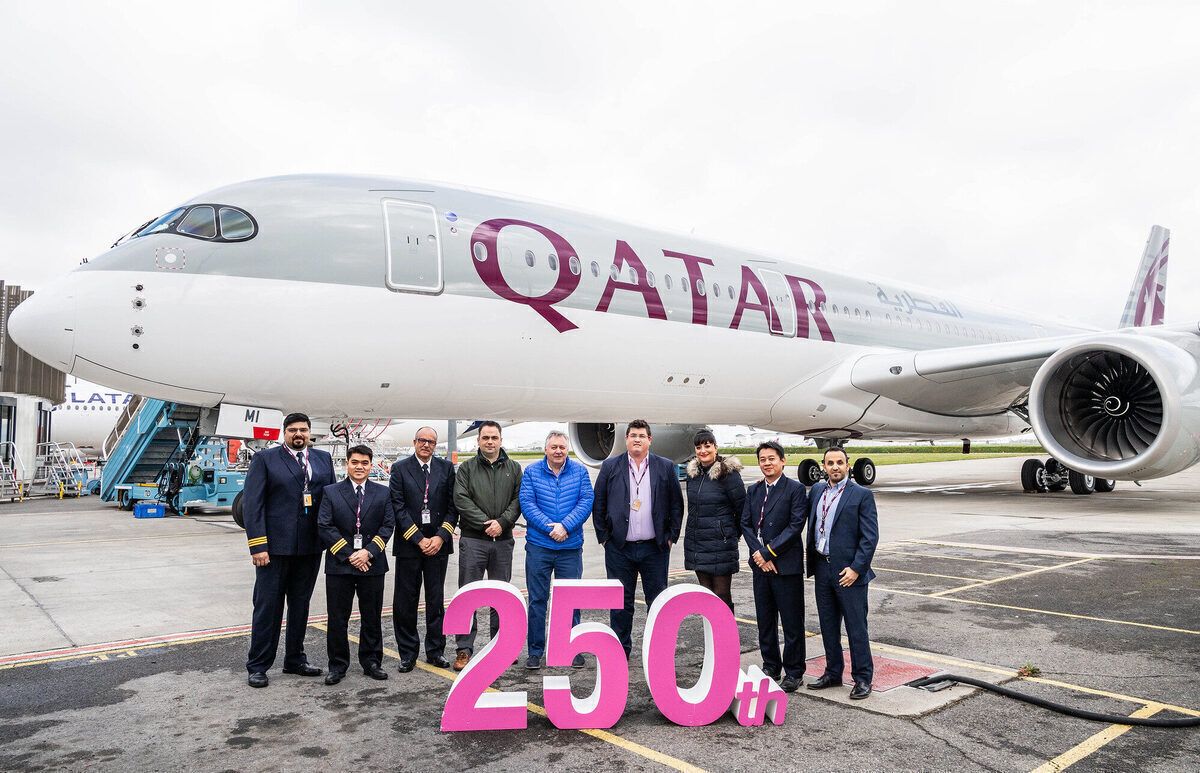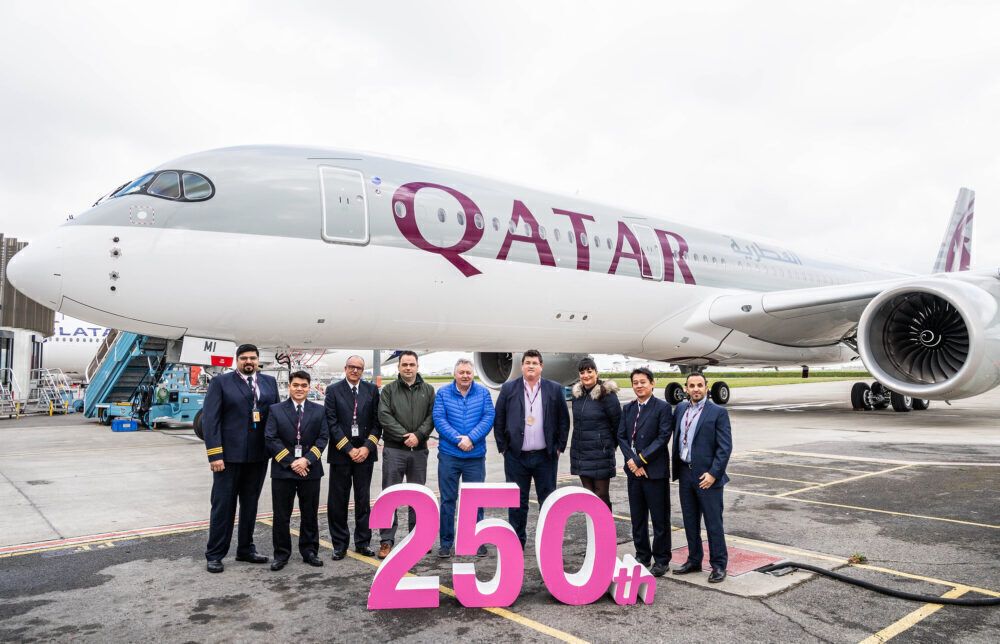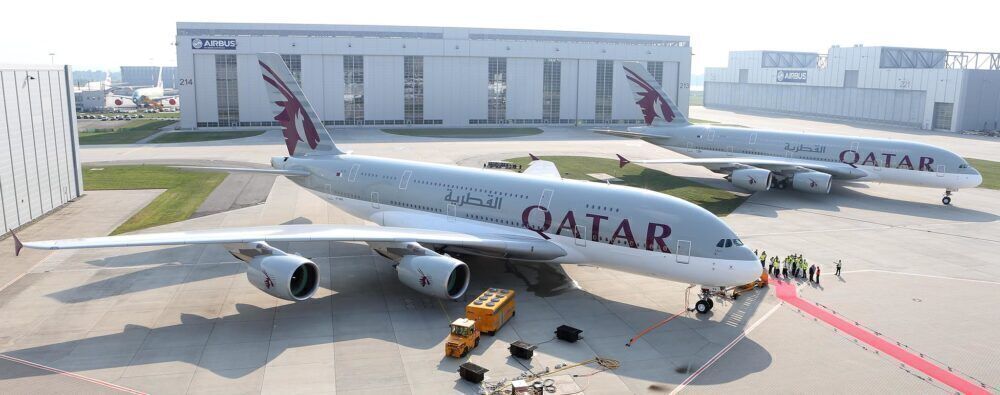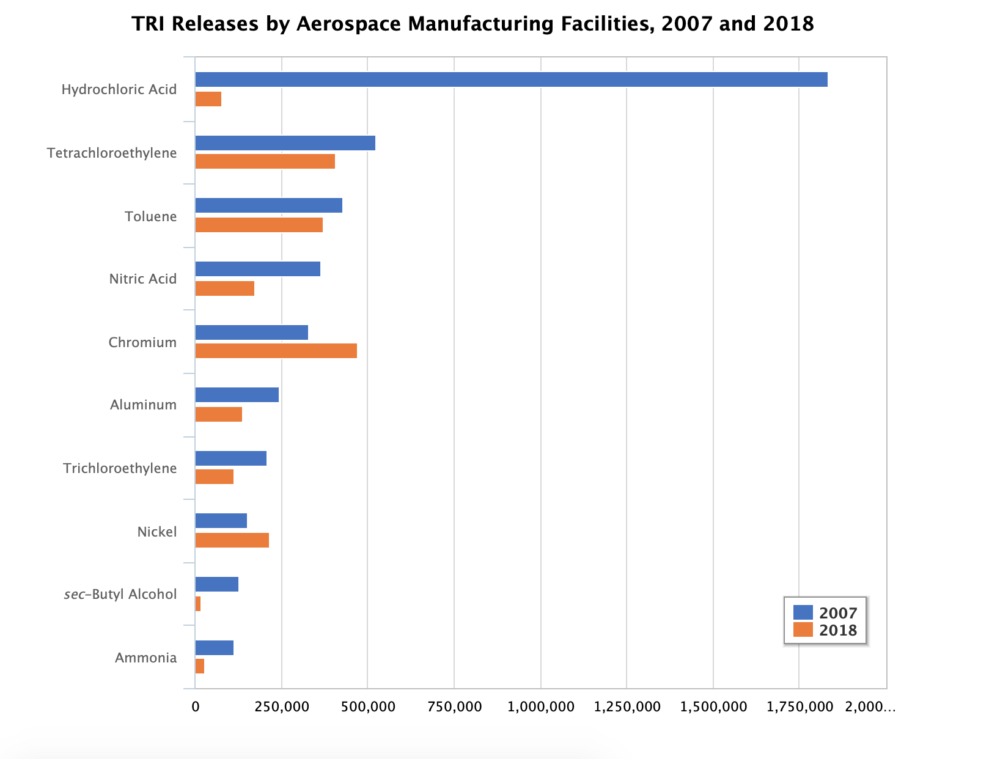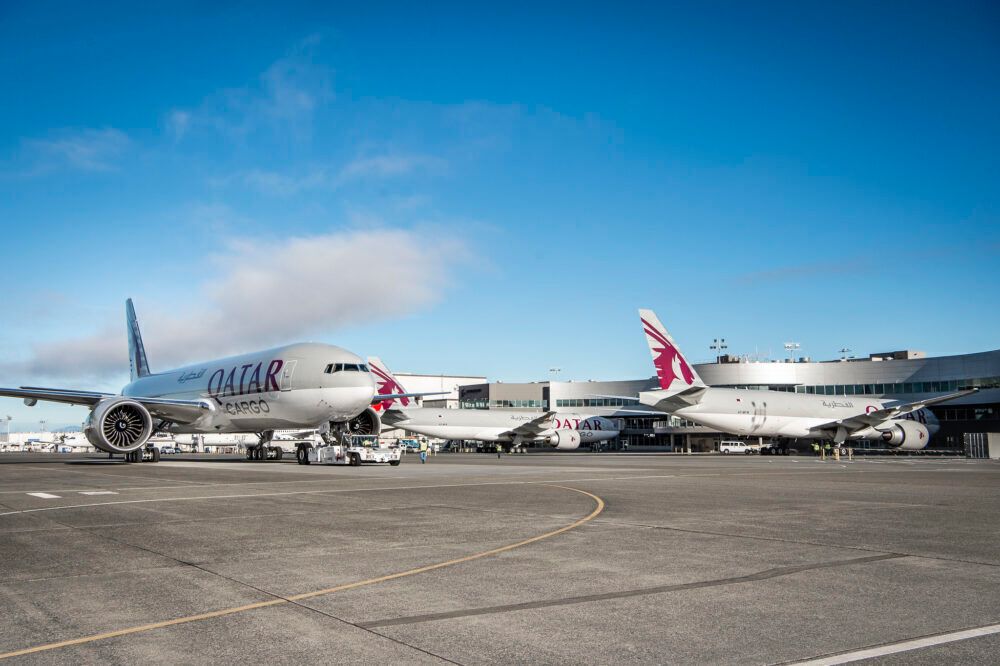On May 26th, Simple Flying had the opportunity to ask Qatar Airways Group CEO Akbar Al Baker a series of questions as part of our Future Flying webinar series. One topic covered was the airline's fleet as well as its goal to become a carbon-neutral airline. Working towards lowering emissions, the airline's chief says he will always aim to operate a young fleet of aircraft in order to reduce carbon emissions. But is this an effective strategy?
An average fleet age under 10 years
When asked by Simple Flying's Joanna Bailey about Qatar Airways' sustainability goals and the possibility of reaching carbon-neutral status, His Excellency Akbar Al Baker had the following to say on the matter:
"You know, Qatar Airways fleet is very young...we don't let the average fleet age exceed 10 years. I don't think there is any other airline that does that. And we are committed to [continuing that]. And tomorrow, if Airbus or Boeing [introduces a newer] generation aeroplane, we will immediately sign for it to replace our current 787s and A350s. So we will continuously invest for the future generation in order that we keep on reducing our carbon emissions, our emissions from our engines."
Set to further lower the average age, the airline has a large number of A350s yet to be delivered. It is also still expecting 50 A321neos (including A321LRs) to join the fleet sometime next year.
Stay informed: Sign up for our daily and weekly aviation news digests.
Where is the airline's average age right now?
Planespotters.net data shows that the average fleet age for Qatar Airways currently stands at 6.7 years. But with such a large fleet, an average doesn't always give an accurate picture of the situation (in some instances, median might be more useful). Let's break things down by aircraft type (quantity in parentheses):
- A320-200 (29): 8.9 years
- A321-200 (3): 10.9 years
- A330-200 (6): 14.7 years
- A330-300 (8): 14.7 years
- A350-900 (53): 3.3 years
- A380-800* (10): 5.9 years
- 747-8F* (2): 6.3 years
- 777-200 (9): 11.4 years
- 777-300ER (48): 7.5 years
- 777F (24): 4.6 years
- 787 (37): 5.9 years
*It should be noted that the A380, while not officially retired yet, is unlikely to return. Meanwhile, the airline's 747-8Fs are freighters belonging to the carrier's cargo division.
As you can see, the airline's newest aircraft (in terms of average age) are its A350s, while its oldest are the A330s - some of which are nearly 16 years of age. The carrier did, however, take delivery of three brand new 777Fs at the start of the year - drastically lowering this sub fleet's average.
In addition to operating emissions
The interesting and perhaps troubling aspect about Mr Al Baker's dedication to a young average fleet age is that it's being tied to reducing carbon emissions. While, in many ways, the airline CEO is correct in stating that the newest generation of aircraft are the most efficient and offer the lowest carbon emissions, it's a narrow view that misses something big: The manufacturing process.
While we were unable to find any full analyses of carbon emissions output for manufacturing a large commercial aircraft, it's something that should be considered when making decisions in the name of sustainability.
While fully-built, fully-functioning aircraft and their engines are burning jet fuel and creating emissions, it's also good to consider the following sources of carbon emissions:
- Extracting/mining the raw materials that make up the aircraft
- Refining and processing these materials
- Manufacturing the aircraft's tens of thousands of different parts
- And, of course, the assembling the aircraft
Unfortunately, from an environmental/sustainability context, we can't say whether it's better to continually purchase new aircraft or to hang on to older jets (and avoid the manufacturing emissions). After all, the carbon emissions of flying aircraft constantly, for long distances, will add up too. When factoring in the efficiency gains of the latest-generation jets, there will inevitably be a 'sweet spot' in an aircraft's age that will see its retirement as the most sustainable choice.
Beyond carbon output
What His Excellency didn't mention (during our interview) about having a young fleet was the immense direct benefit to customers of the airline. The continual purchase of new generation aircraft typically brings with it improvements in the passenger experience.
Indeed the newest twin-engine widebodies, the Boeing 787 Dreamliner and Airbus A350 have come with improved cabin humidities providing a more comfortable environment for passengers. Newer engines, while burning less fuel, also tend to be quieter - further improving the passenger experience.
Both types also offer larger windows than previous generations of aircraft, giving travelers a better view of the outside world. The 787's electronic, dimmable windows might be a welcomed feature for some but a step backward for others.
We should note that new aircraft will also come with new seating and other inflight technologies - but these things can also be retrofitted into older jets and are thus less tied strictly to new types.
A younger fleet also means a more reliable fleet. This translates to less aircraft downtime and a more reliable schedule for passengers.
Therefore, at the end of the day, reducing carbon emissions by operating young aircraft is indeed an effective way of reducing air pollution. However, it's also an over-simplified view of a problem that fails to also consider emissions generated at other stages of an aircraft's life cycle.
One sure thing, however, is that passengers will benefit from new and more comfortable cabins- something that Qatar Airways deeply cares about as well.
What do you think of this strategy? Is it indeed a sustainable decision? Let us know your thoughts in the comments.

